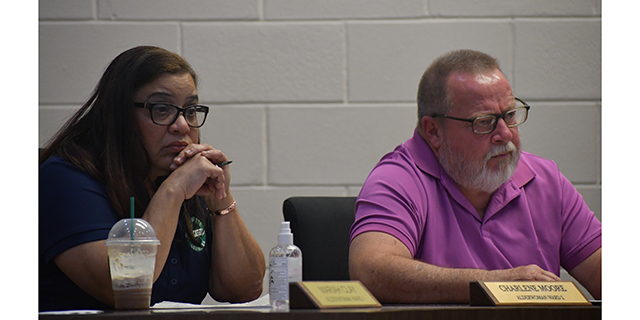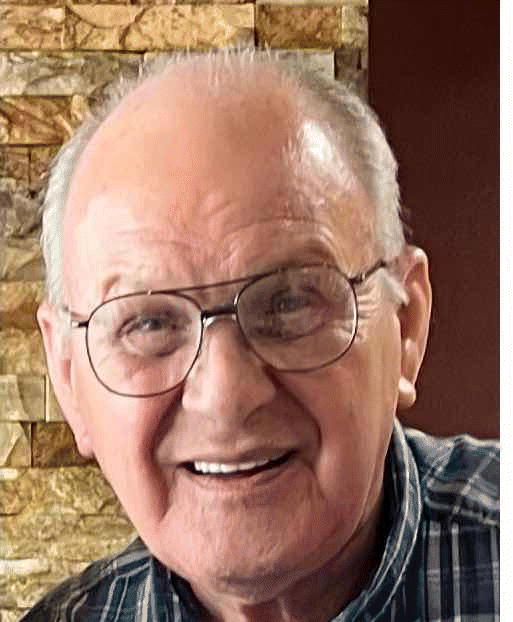What does increase in lesbian, gay TV content mean?
Published 2:00 pm Wednesday, July 16, 2014
National news outlets reported this week on a study just released by the Centers for Disease Control and Prevention that found 2.3 percent of adults identifying themselves as gay, lesbian or bisexual, in what was described as the largest federal government survey ever to ask about sexual orientation.
Trending
Other polls on the subject reportedly found 3-4 percent identifying themselves similarly, including a Gallup Poll in 2012. It was reported that some of those polls included broader groups like transsexuals.
Consider how apparently 5 percent or less of our population is other than heterosexual, but then to consider how many TV shows and movies prominently feature gays, lesbians and other non-heterosexuals.
A 2012 New York Times story by Brian Stelter noted how the TV show “Glee” was featuring a transgender character, while “Grey’s Anatomy” had two female characters adjusting to married life, after being declared “wife and wife.”
“Modern Family” features the popular gay couple, Cameron and Mitchell. Stelter mentioned the drama “Smash” which had five openly gay characters or the sitcom “Happy Endings” that “against stereotype, had a husky and lazy gay male character.”
Chaz Bono was an openly transgender contestant on Dancing with the Stars.
If you’re a fan of HGTV and those shows about couples looking for homes, certainly it seems way more than 5 percent feature gay or lesbian couples.
Trending
Some say including gay, lesbian and other characters is simply an effort to tell more interesting stories, in an effort to attract and retain viewers.
“Modern Family” is a top-rated show so clearly prominently featuring a gay couple isn’t adversely affecting its ratings.
Others suggest the inclusion of so many gay, lesbian and other characters is social engineering on the part of liberal Hollywood, an effort to “sell” America that these alternative lifestyles are OK.
“TV and movie representation matters,” according to a professor of communication studies at the University of Minnesota, part of the Times’ article. He told how five different studies showed the presence of gay characters on TV programs reduce prejudices.
The CDC survey this week shows the number of non-heterosexuals has remained somewhat consistent, though clearly more of them are “out” these days, especially on TV and in the movies.
“What this is about, really, is how far America has come, not how far television has come,” said one of the “Modern Family” creators in the Times article.
Are the inclusion in TV shows and movies of so many gays, lesbians and others simply story telling, or is it an intentional effort at social engineering?
No doubt there are plenty with strong feelings who come down on either side of that argument.
WILL CHAPMAN
PUBLISHER





